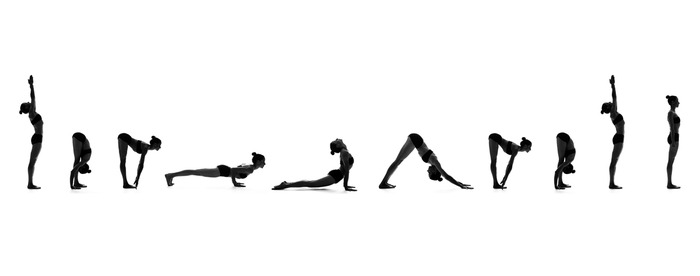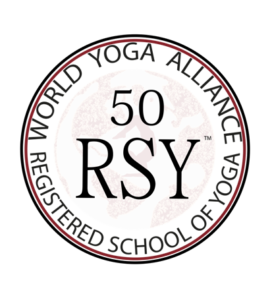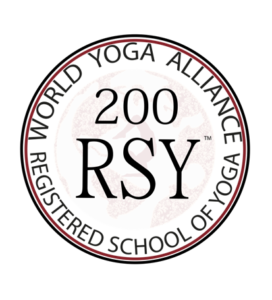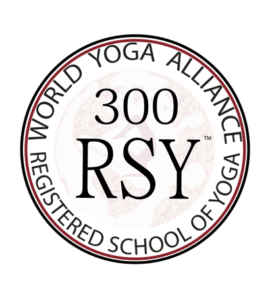Ashtanga Yoga
What is Ashtanga Yoga?

- Yama or moral conduct
- Niyama or self-purification and social conducts
- Asana or posture
- Pranayama or breath control
- Pratyahara or withdrawal of senses
- Dharana or focus or one-pointedness
- Dhyana or meditation
- Samadhi or bliss or absorption into the Universal
The first four limbs are external cleansing practices, and the last four are internal cleansing practices.To get the full benefit of Ashtanga yoga it is important to tackle all the 8 limbs. Ashtanga practice leads to physical, mental, and spiritual well-being.
Ashtanga Yoga Poses
Ashtanga yoga practice follows a strict series of yoga poses that are designed to be progressive. It is the strict routine and disciplinary approach that makes Ashtanga unique yoga, as each previous asana is meant to be a preparatory pose for the next pose. Ashtanga yoga always starts with the Surya Namaskar or the sun salutation, which is followed by 6 standing asanas that will be the foundation of the other poses. After this will come four series, which may vary in intensity, and then finally, the finishing positions. Due to the strictness and technical aspects of the practice, it is very important that Ashtanga is done under the strict supervision of a yoga instructor, to prevent injuries and to make sure that the series is followed correctly. Ashtanga yoga practice follows a strict series of yoga poses that are designed to be progressive. It is the strict routine and disciplinary approach that makes Ashtanga unique yoga, as each previous asana is meant to be a preparatory pose for the next pose.
Ashtanga Yoga Poses Benefits
Ashtanga aims to not only make the practitioner calm and give peace to the soul but also have a strong, toned, controlled body. Because of its weight management and strength building principle, Ashtanga has become a widely accepted yoga, of not just yoga practitioners, but also athletes and sports personnel are looking to enhance their sports skills by adding flexibility and core strength. Because of the strict series and fast-paced changing asana, it also promotes stamina and endurance and because it only uses body weight, Ashtanga makes the practitioner stronger but not does give the bulky appearance, instead of making the practitioner lean and toned. On the mental and spiritual aspects, it is a great stress buster, especially for goal-oriented people, as it takes away the mind out from distractions and makes the practitioner-focused, the fast-paced, and determined to achieve the next asana. Ashtanga yoga can be beneficial and useful for patients suffering from conditions that involve the anxiety and depression, like for example, people who have lower back pain that is caused by anxiety, stress & tension.fitness and technical aspects of the practice, it is very important that Ashtanga is done under the strict supervision of a yoga instructor, to prevent injuries and to make sure that the series is followed correctly.





